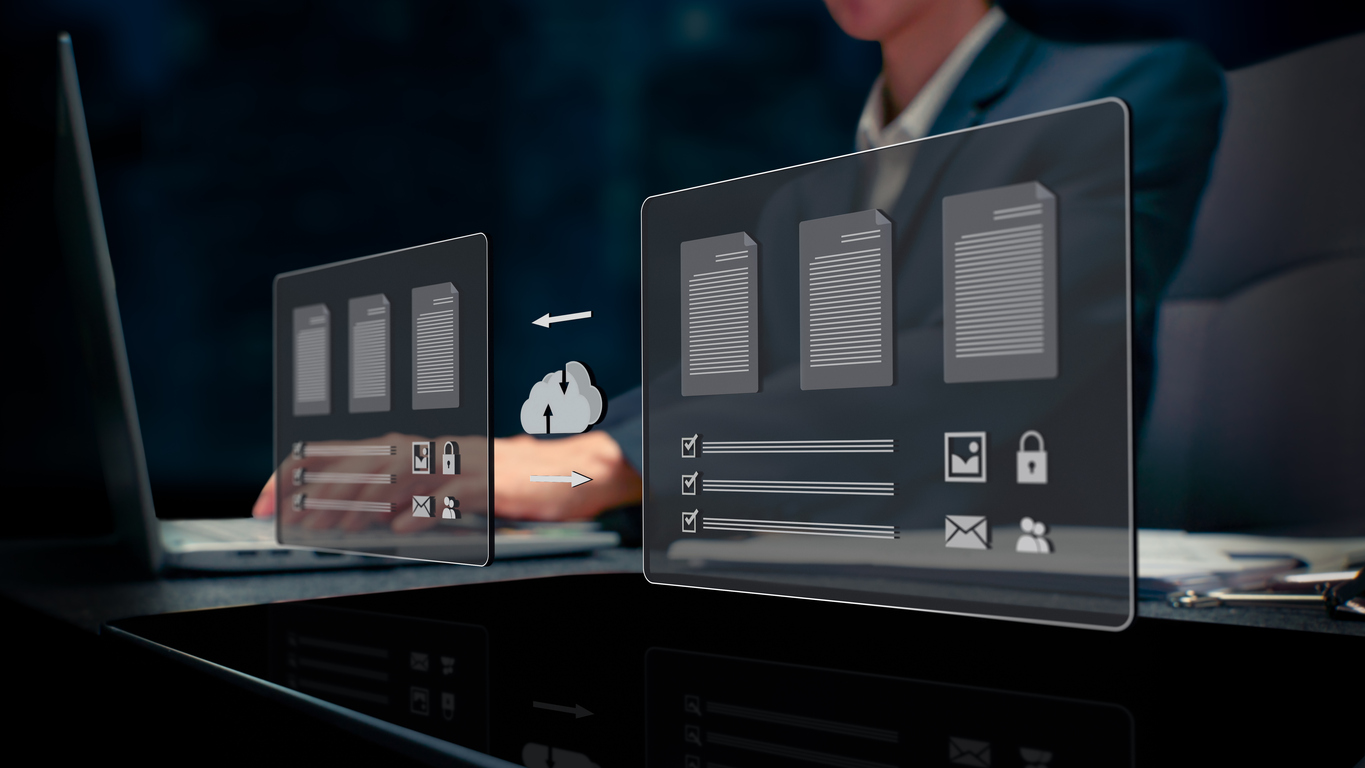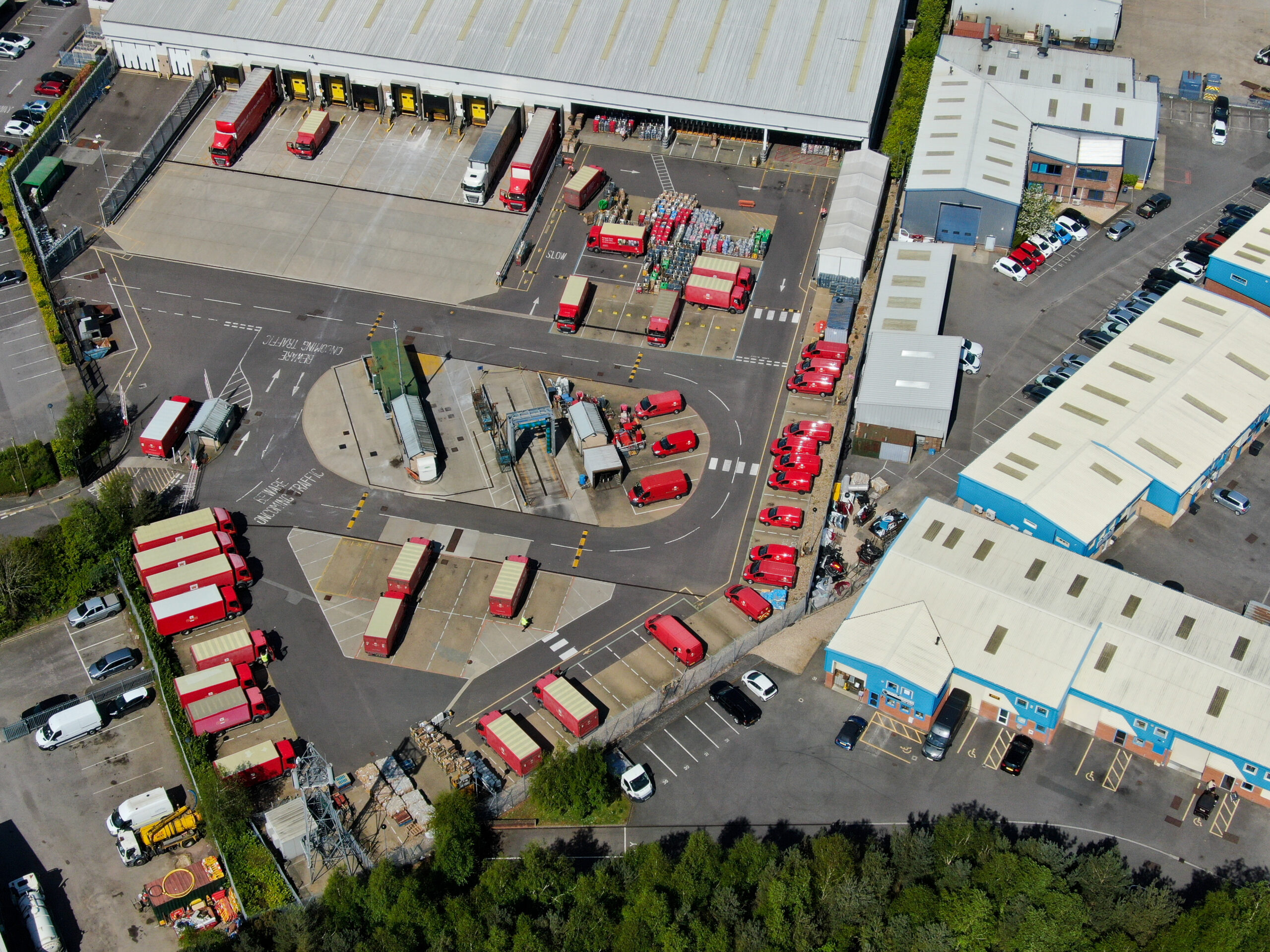The AI dashcam (dashboard camera) is a single or dual-facing 4K camera installed in fleet vehicles to analyse road conditions and driver behaviour, aiming to decrease distracted driving and collisions through driver alerts. A dual-facing camera enables fleets to analyse events inside the vehicle, in addition to those occurring on the road.
Dashcam Triggers
Drivers are a fleet’s greatest resource, so integrating an AI dashcam keeps drivers safe and productive while on the road. The dashcam captures the video to provide managers with insightful data to mitigate in-cab and on-road risks, including:
- Yawning
- Using phone
- Smoking
- Asleep
- Drowsiness
- No seatbelt
- Tailgating
- Harsh driving
- Lane detection
- Forward collision
- Pedestrian detection
- Speeding
An effective dash camera should record a close-up view of the driver so the camera can accurately detect when drivers are performing any alarming behaviours. Managers go into their AI dashcam programming to set the minimum speed, repeat interval, and detection delay where they believe the behavior is a reason for concern. Wherever a driver triggers the camera, managers will be alerted in real time, and data will be retrieved, so managers can later coach their drivers.
Preventable alerts
For even better results, fleets should ensure their camera sends in-cab audio notifications to drivers whenever they exhibit risk behaviours and conditions. In-cab alerts coach drivers proactively since it enables them to immediately modify their behaviors and reduce the chances of an accident. The preventable alerts help create a safety culture within a fleet making drivers accountable for their actions and correcting them.
Coaching drivers
When you are operating a fleet, there is no way you can go back and view an entire day’s worth of video for each driver. Managers can run reports on events and trends to address any areas of concern. After running a report, managers can view any upticks in behaviors to understand which drivers are performing above the fleet’s trending rate. Leveraging video evidence helps when disciplinary action is required, but if done improperly, it can cause tension between managers and drivers. Managers and drivers can replay the footage to discuss why the behavior was a safety risk and develop a plan to correct the behaviour long term. Recognising positive and negative behaviour can further reinforce safety awareness, so gathering recordings of good driver behaviours to boost morale and driver retention.
Going beyond behaviour
While many organisations perceive dashcams as instruments primarily designed to safeguard their drivers and vehicles, their utility extends beyond mere protection to encompass legal safeguards. Video evidence can serve as a shield for your fleet against unjust accusations following an incident. Even in cases where your driver bears responsibility for an accident, dashcam footage can shield your fleet from unnecessary financial burdens.
Who should not get an AI dashcam?
While the advantages of enhancing driver and vehicle safety are evident across industries, there are certain contexts where careful consideration is required before implementing this new technology. Specifically, organisations grappling with high employee turnover should weigh the potential implications. Although there is ample evidence demonstrating the benefits of AI dashcams for both drivers and employers, it’s essential to recognise that some drivers may take offence at being continuously monitored – a risk that companies with retention challenges cannot afford to take lightly.
In summary, an AI dashcam can help reduce costs, improve relationships between drivers and managers, and create a safety culture in fleets.












